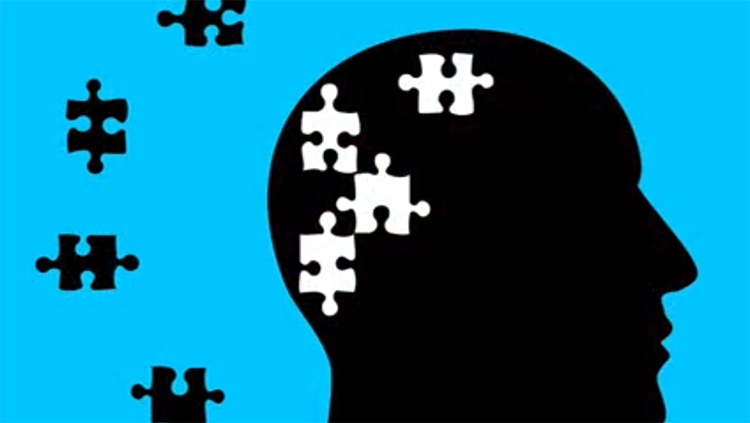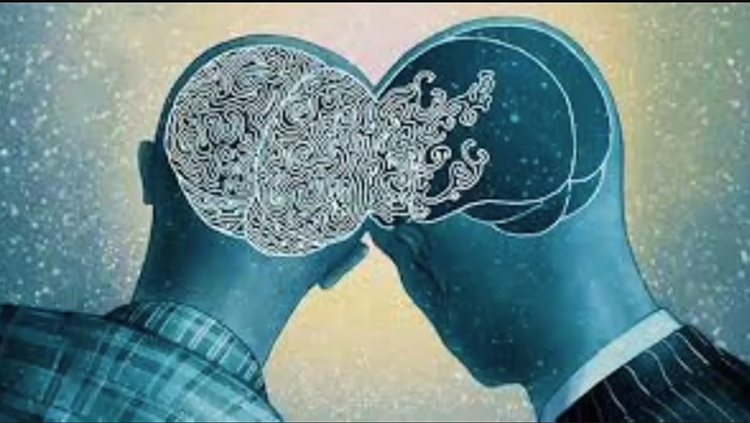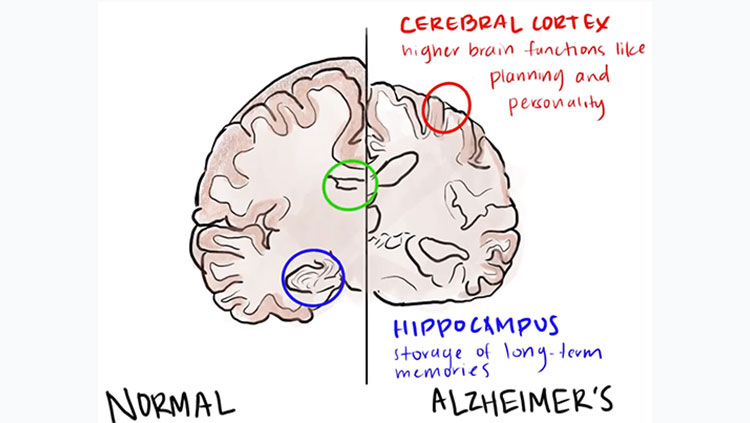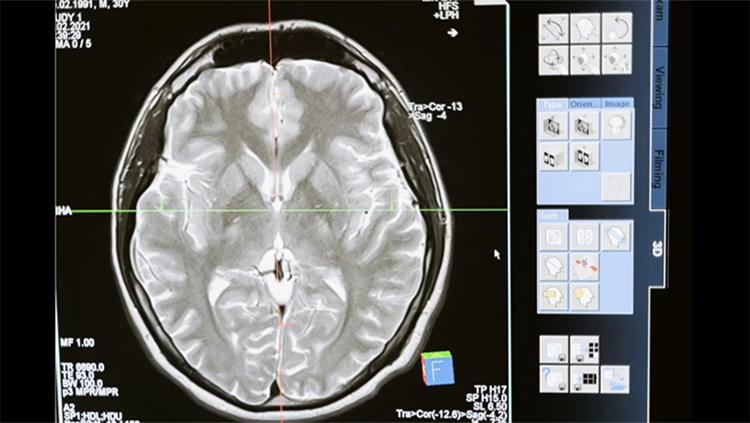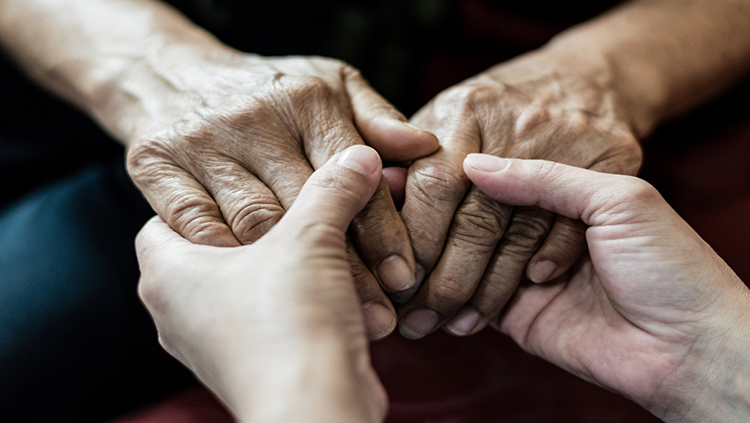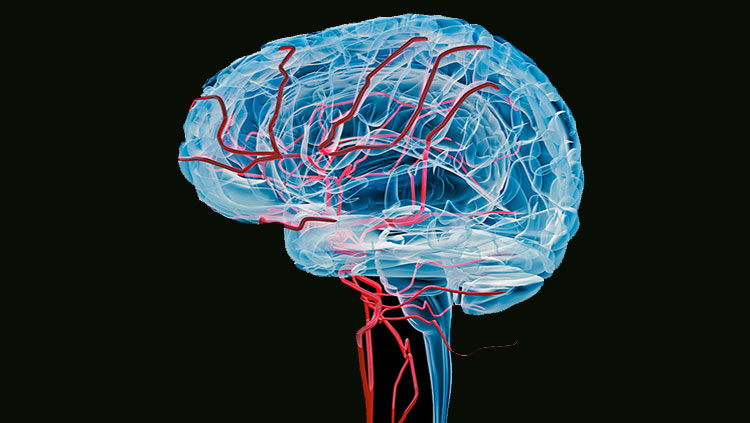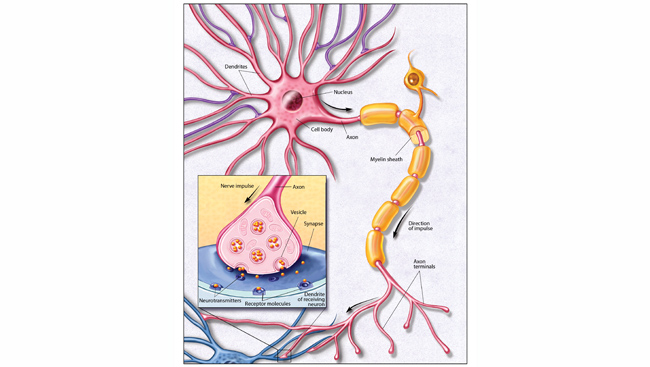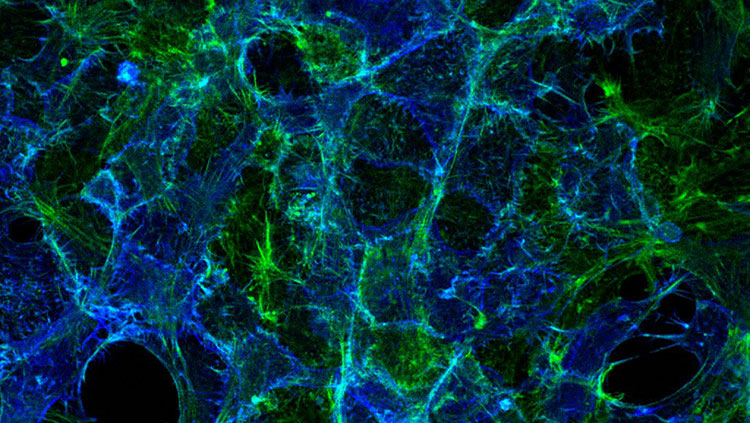On the second day of classes, I polled my students to find out how many had taken the #ALSIceBucketChallenge. About half of them raised their hands; the other half looking on either smugly (they hadn’t done it…yet) or embarrassed (they had done it, but they didn’t want to admit it).
There’s a lot of talk about whether the challenge is really doing what it was designed to do. If it was designed to raise money, then for sure, the goal has been met – and exceeded. According to Time Magazine, the ALS Association has raised “$5.5 million for Lou Gehrig’s disease research since July 29, compared to $32,000 in the same period last year.” If the challenge was designed to raise awareness about what ALS is, I don’t believe it has succeeded.
I asked my students what they knew about ALS. “Isn’t it Lou Gehrig’s disease?” “Doesn’t it have something to do with muscles?” “It’s a neuro…neuro…it affects your neurologically.” I get similar responses when I ask my friends and family.
I’m not saying that everyone should know what ALS is – many people don’t know about a lot of diseases and disorders unless it affects them personally. But the success of this social media campaign gives one pause to wonder why if awareness about the disease has increased, then why hasn’t knowledge about what it is increased as well. There are all sorts of reasons why, I suppose, and I don’t really want to go into the reasons here.
Here, I want to explain what this disease is – so what is ALS?
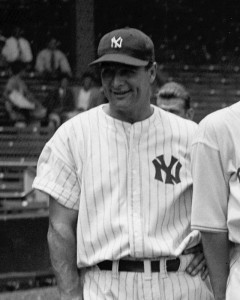
ALS is sometimes referred to as Lou Gehrig’s disease, named after the legendary baseball player. Gehrig played for the New York Yankees between 1923 and 1939 and was inducted into the Baseball Hall of Fame when he retired in 1939. When he retired, so did his number – #4; Gehrig was the first major league baseball player to have his number retired. Gehrig retired at the top of his game with a career batting average of .340. He retired because of his ALS and died two short years later at the young age of 36.
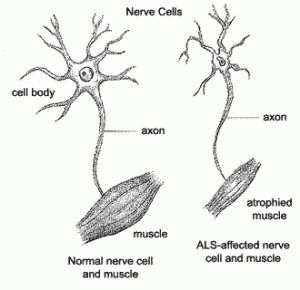
ALS is short for amyotrophic lateral sclerosis and is a rapidly progressive neurodegenerative disease. In ALS, the motor neurons that are responsible for voluntary movements gradually degenerate (die) and eventually stop working. Voluntary movements are those movements that you control – walking, talking, swallowing, and even breathing (you can hold your breath, right?). Under normal circumstances, motor neurons in the cortex (upper motor neurons) send signals to motor neurons in your spinal cord (lower motor neurons), which in turn send signals to your muscles to make you move. Once these motor neurons start dying, the muscles are no longer stimulated and begin to shrink, or atrophy. The result is that people gradually lose the ability to walk, talk, swallow, and eventually breathe on their own.
There is no cure for ALS. There are medicines that can help slow the progression of the disease and improve quality of life. Most individuals die within 2-5 years of being diagnosed.
If you choose to dump a bucket of ice cold water (or even toilet water) on your head, grab a towel afterwards and visit the ALS Association homepage to learn more about this horrific disease.
Or better yet, answer Dwayne Godwin’s challenge and send an email or phone call to your member of Congress to support expanding the budget of NIH and NSF” in order to find a cure for ALS and other diseases.
The ALS Ice Bucket Challenge was meant to raise awareness - and funds - to help find a cure. There are many ways to fulfill this challenge - how will you?
CONTENT PROVIDED BY
BrainFacts/SfN



